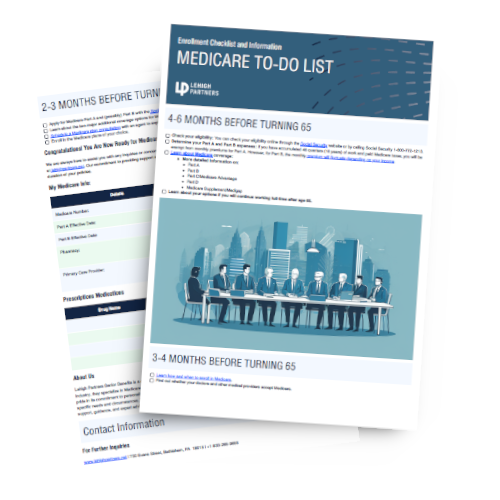Medicare’s annual enrollment, or annual election period, starts October 15 and runs to December 7. You’ll know it’s here because all of a sudden you start seeing TV commercials during the evening news from insurance companies that want your business. Many beneficiaries enroll in plans based on marketing, without fully assessing the plan’s total costs or asking key questions about their coverage, and ultimately that means they then experience unexpected issues.
Ten Tips for a Successful Medicare Annual Enrollment
- Know that enrolling in a Medicare Advantage plan means it becomes your primary coverage. Original Medicare will no longer pay for services. You will receive a new ID card from the new plan, and should store your Original Medicare card in a safe place.
- When moving from Original Medicare to a Medicare Advantage plan, be sure to verify and prepare to pay both a monthly Medicare Advantage premium (if there is one) and a monthly Medicare Part B premium.
- Medicare Advantage plans do not automatically give you “more money in your Social Security check every month.” To qualify, you must be eligible for the Medicare Savings Program by having an income below Medicaid limits.
- Check that additional benefits, like dental, vision, hearing, fitness, or over-the-counter medications are actually accessible if offered. Some network providers of these services may be farther away than anticipated, including in neighboring states, so only factor them into your decision if you feel they are usable.
- Know that premium costs aren’t the only out-of-pocket costs you may face. Medicare Advantage plans may have co-pays or cost-sharing and deductibles that differ from Original Medicare.
- Call your preferred healthcare providers and facilities to understand if your prospective plan contracts with them. You may experience additional out-of-pocket expenses, service denial, or referral requirements if providers are considered out of network.
- Check if a prospective plan is a Health Maintenance Organization (HMO) or Preferred Provider Organization (PPO). HMO plans require healthcare to be completed by a provider contracted with the plan’s network, otherwise the consumer will need a referral. PPO plans have both in-network and out of network providers and facilities, with consumer costs differing based on the network. HMO and PPO plans are not Medicare Supplement Plans, and may have out-of-pocket costs each visit.
- Check if the plan provides Prescription Drug (Part D) coverage that meets your needs.
- Be aware that in many cases, enrollment locks a person into a plan for the full upcoming calendar year.
- Scrutinize any contact carefully during Medicare Open Enrollment to ensure it is from a known, credible source. Commercials, cold calls, and other contact may be scams or can provide deliberately misleading information about a plan.
Work With A Broker
If I can add number 11 to a 10 tip list - it would be to work with a broker who specializes in Medicare. A Medicare broker, like Lehigh Partners, represents multiple insurance companies and can help you compare and contrast plans, find the best one for you, then enroll you in the option you choose. This service is free to you, and it can be helpful to work with an experienced broker since many of the Medicare plans can look very similar at first glance; experts will help ensure you do not make a mistake.
The alternative is the time-consuming task of calling individual insurance companies on your own to learn more. I’ve seen seniors who go it alone change insurance providers multiple times during open enrollment as they receive and consider information about the various plans piecemeal. That can be stressful. When you work with a broker, you avoid some of the stress.

